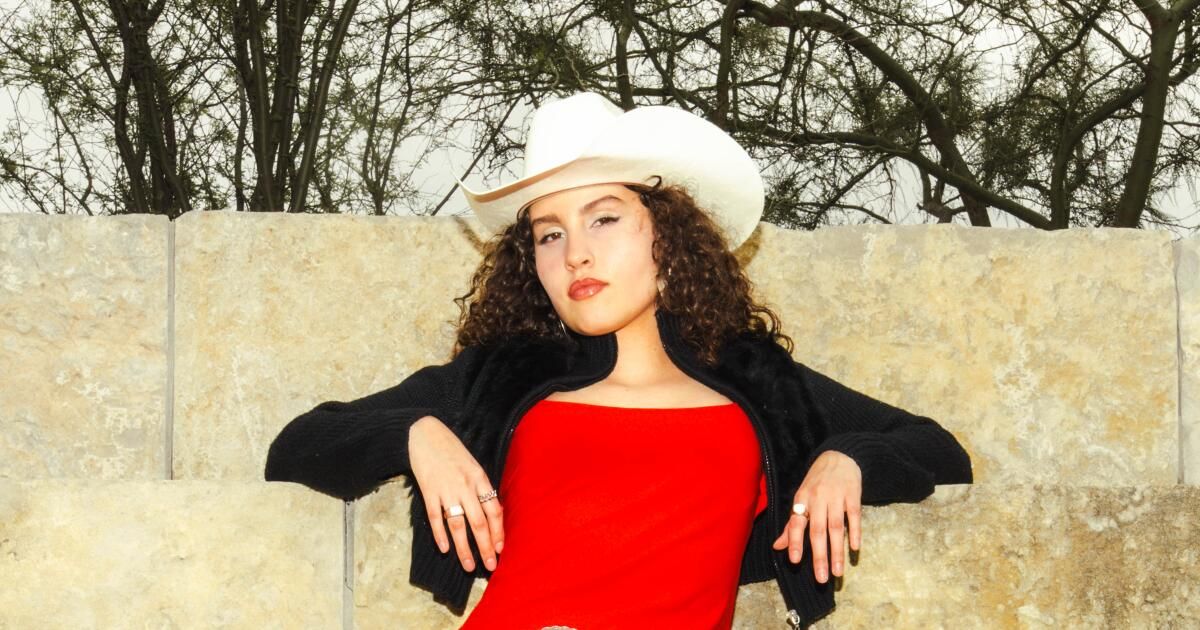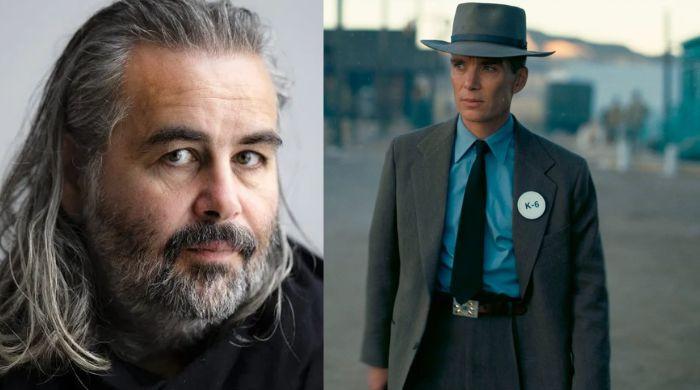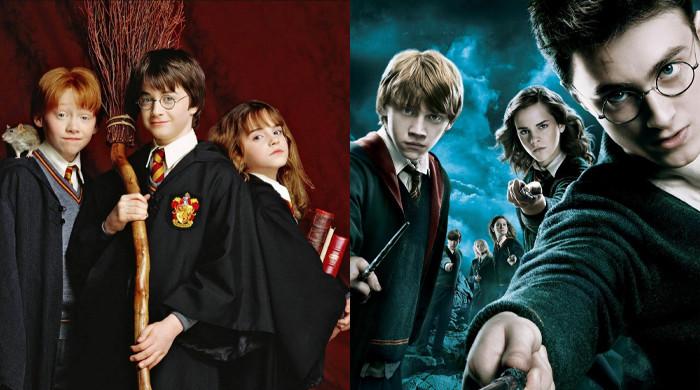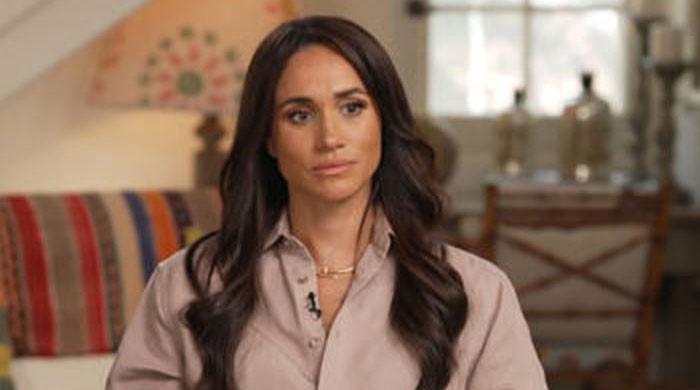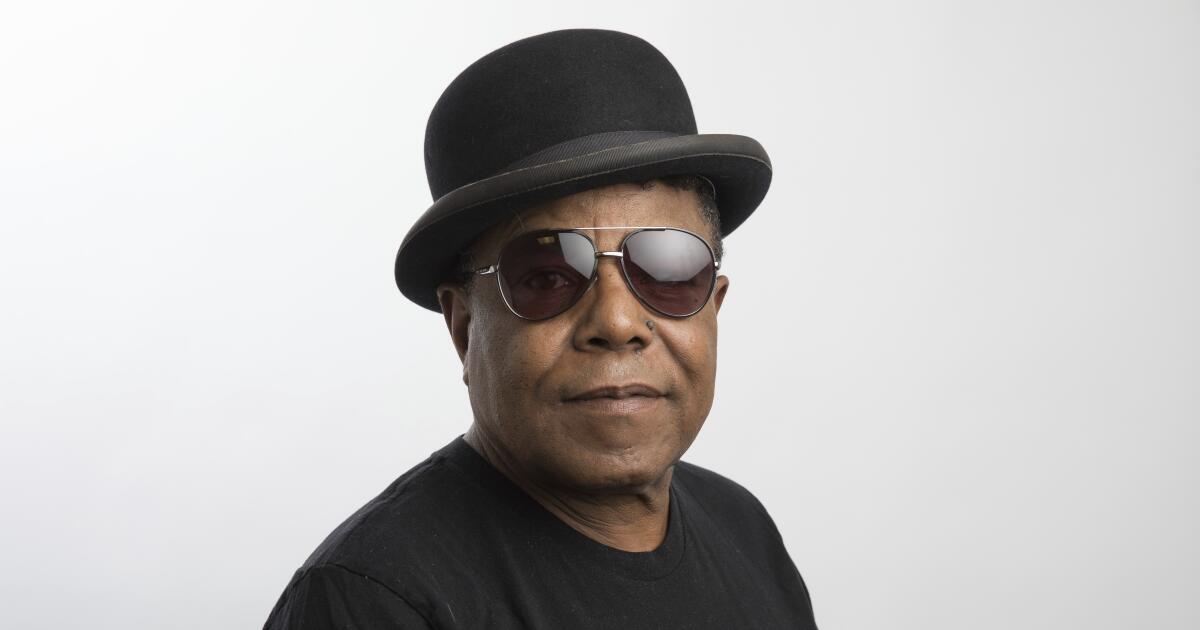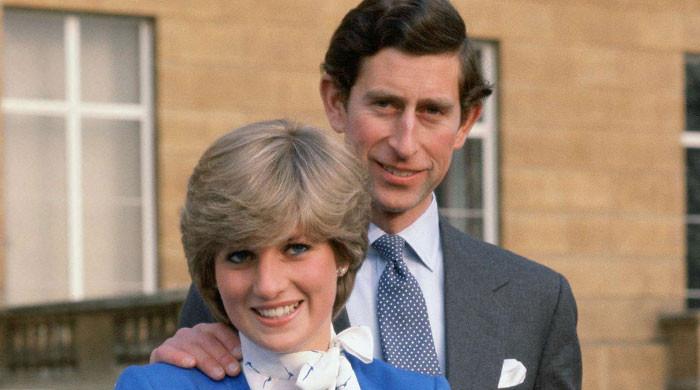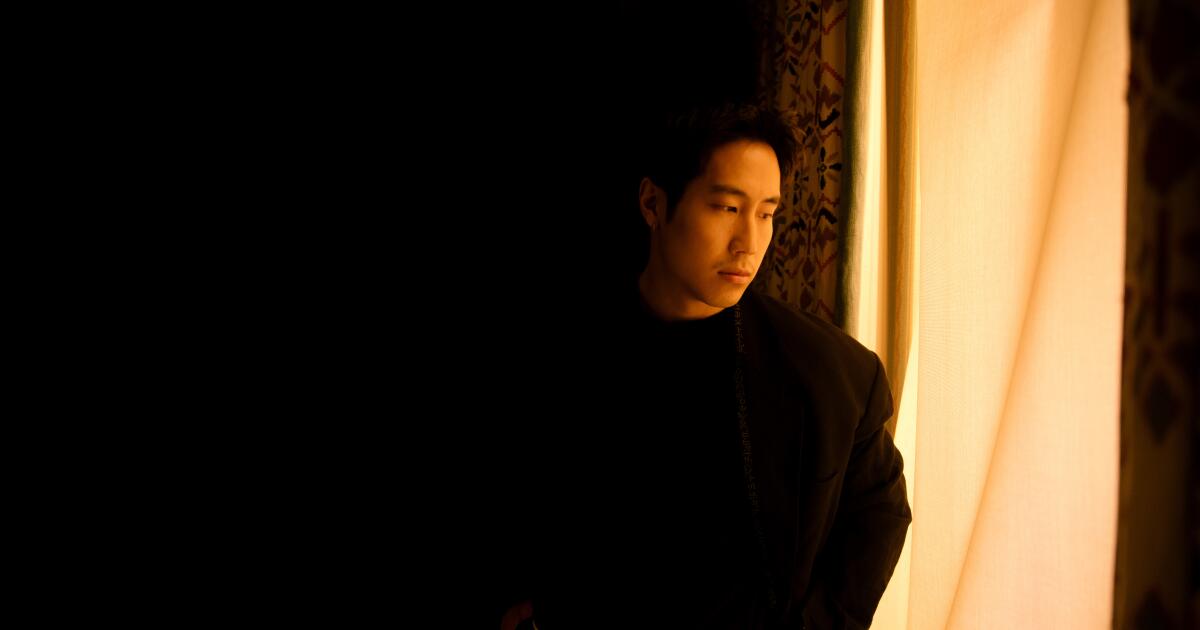Dressed in a blue charro suit, Sarah Silva, then 11 years old, took the stage of “La Academia Kids,” a Mexican reality singing competition, to sing a song with the maturity of someone who had been singing mariachi for a long time. time, never mind that this was her first foray into the genre.
In the end, he received continuous applause for his performance of “La Bikina” by Rubén Fuentes as the judges considered his talent.
“Today I am before a great singer,” judge Lola Cortés told her.
A decade later, Silva has become an artist who fuses cumbia and Mexican music with a pop style. He is now Estevie and she is ready for this moment.
Estevie arrived at her Times photo shoot at Waterloo Park in Austin, Texas, wearing her signature cowboy outfit: cowboy boots, low-rise jeans, and a ruffled red blouse. It was her second day at the 2024 South by Southwest Music Festival and her schedule was packed: she had three shows in as many days.
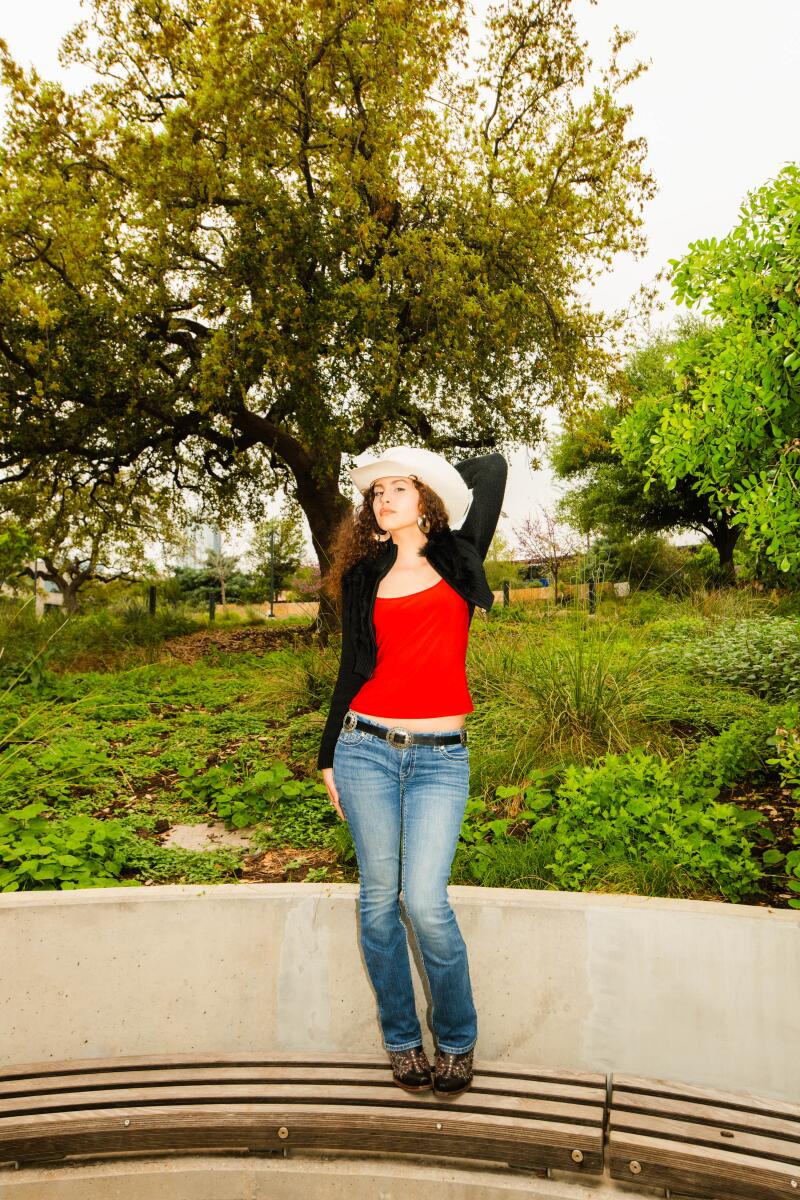
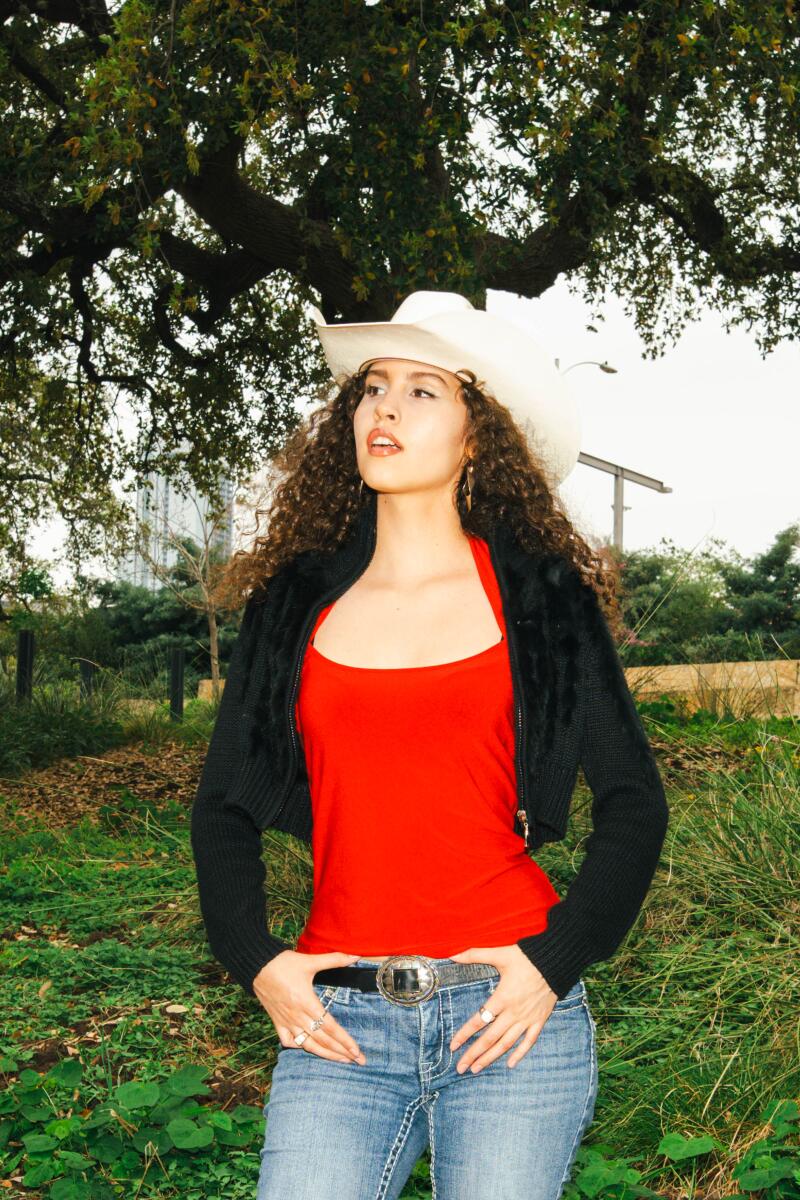
Her outfit, she joked, was casual compared to what she planned to wear later that night (a black leather ensemble, complete with chaps and a purple blouse) for her performance at the nearby Moody Amphitheater, where she would open for one of her idols, Christian Nodal.
The 21-year-old born in Beaumont, California, has dedicated much of her life to her craft, learning the ropes during her teenage years as a singing show contestant before developing a modest following on YouTube with her covers. Although she began recording her own music in 2019, she didn't pick up the pace until two years later with the release of “Canela,” a sensual cumbia song that seduces you with her ethereal voice and hypnotic sounds. of the accordion. Since then he has become a coveted product, collaborating with artists such as the sad kings of Sierra, Eslabón Armado and DannyLux. In September 2023, Estevie released “Cumbialicious,” a seven-track EP via Nice Life Recording Co. that has earned her praise from fans and critics alike.
“I really believe in manifestation,” she said, “because everything I've ever posted and everything I said I wanted has come to life, little by little.”
On stage, Estevie transforms into a seasoned performer with a commanding presence. At the SXSW closing party, where she took the stage at 1 a.m., Estevie beckoned the crowd to sing and dance, even convincing the venue's bouncer to leave his post so she could be a part of the action.
At the music festival, her star power shined twice as long, so much so that she won the Grulke Prize for the Development of American Law, the first Latina artist to receive that honor. Previous winners include neo-soul singer Leon Bridges, rock brother trio Haim and multi-talented rapper Anderson .Paak.
“Estevie is a creative monster; She’s bringing a vibe to cumbia that really makes you feel like you’re listening to some memories with your family on a Sunday,” said Cuco, who appeared on “El Paso,” the lead single from “Cumbialicious.” The song, about traveling long distances to meet the star's soulmate in El Paso's Franklin Mountains, gives Selena Quintanilla great energy.
“I don't think there's any comparison because she's like this legendary, iconic star,” Estevie said, laughing sheepishly at the comparisons.
Still, it's hard to ignore the parallels.
Like Selena, Estevie began her artistic career at a very young age. And like the slain Tejano legend, Estevie is accompanied on her musical journey by her family.

“My mom helps me with my wardrobe, she helps me do my hair and everything that has to do with glamour,” she said. “My dad helps with all the technical and business things. “My brother is my tour manager.”
The family came together when she didn't have “the strength,” Estevie said. “They are always there to encourage me and remind me of my dreams and my goals.”
Even his stage name is a loving nod to his family.

“My dad's name in English translates to Steve. And then my brother's name is Steven. And then my middle name is Stephanie. And I always wanted my name to be Stevie,” she said.
“When I thought, what should I change my artist name to? I thought he was going to call me Stevie,” she said with a spark of excitement. “But I added the E because it's like when Spanish speakers say 'Sprite,' it's like 'Eh-Sprite.”
And just like Selena never strayed from her Texas roots, Estevie hasn't forgotten her Southern California upbringing. Growing up in Southern California, she said, “has a lot to do with who I am today as a person and as an artist.”
“I feel like there was always a separation between being Mexican and being American,” he said. “So sometimes, while he was growing up, he was always a little confusing. That I am? What group do I belong to?
He felt the pressure in his music and wondered if he had to choose one thing or another. English or Spanish? Pop or regional Mexican? His solution, the one that seemed most authentic to him, was to incorporate both parts.
“There's no need to choose what you are,” Estevie said. “Although I am in the middle, as if I am not that and I am not this either. Now I feel comfortable being in the middle and safe.”
It doesn't hurt that artists from this side of the border have been among the biggest contributors to Mexican music lately.
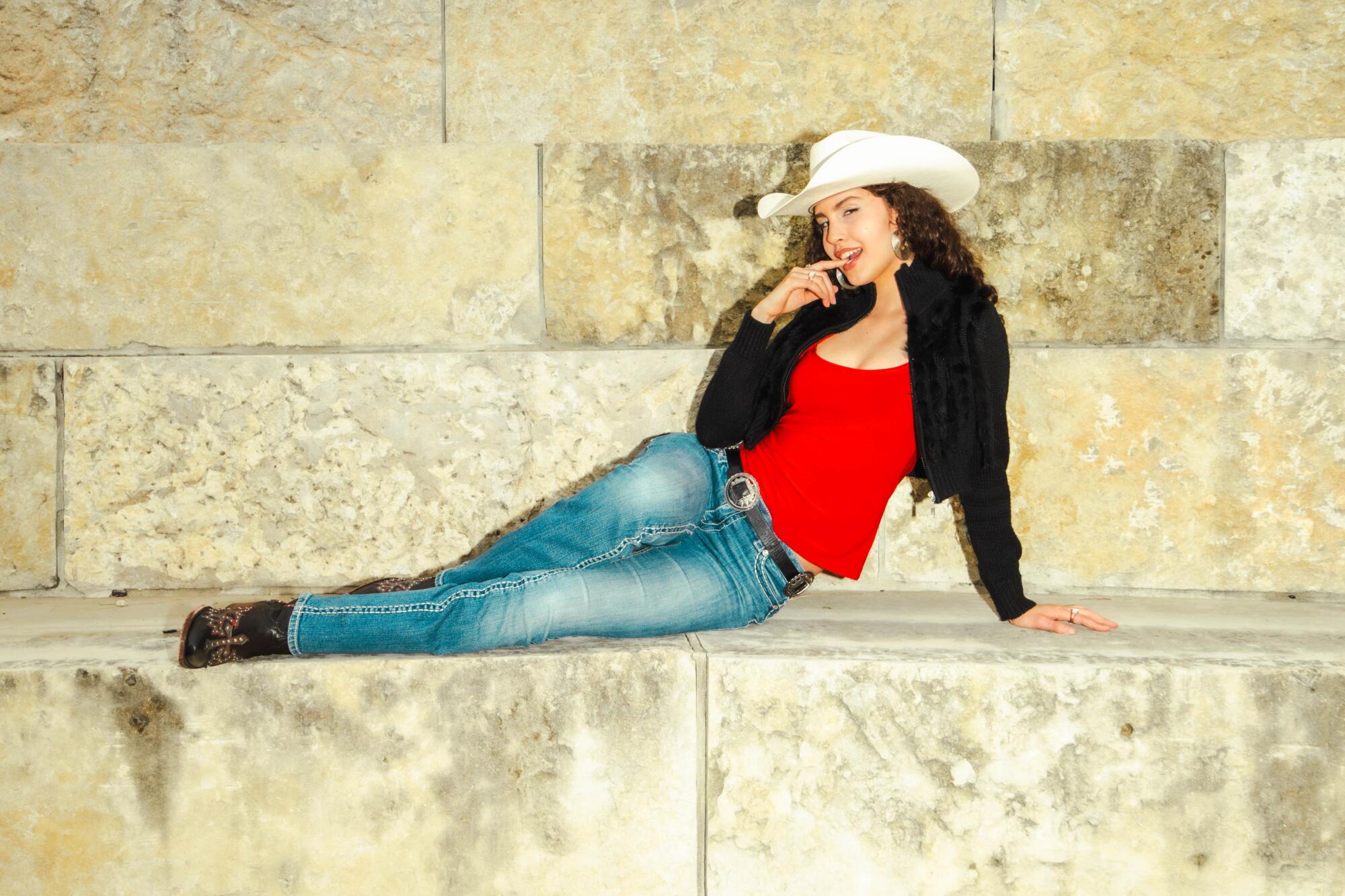
“I feel like in recent years there haven't been many Mexican-American artists until recently that have come out like Eslabon Armado or DannyLux,” Estevie told The Times. “And it's great to see this new wave of young people recapturing what we grew up listening to.”
Estevie's music-making process involves drawing on many personal experiences, including her love for Los Angeles and Southern California, as represented in “Santee,” her love letter to the Fashion District's Santee Alley.
The infectious song tinged with a spark of humor begins with Estevie greeting “La Señora Josefina,” who has an unmissable two-for-$5 special.
“Nothing about it being Amazon,” he sings. “Nothing like Amazon.”
“We start off in the alley” – “we go to the alley.”
Her music video was filmed in the vibrant shops of Santee Alley, where Estevie dances in a jewelry store and outside clothing stores.
“I feel like a lot of people have been able to identify with that song,” he said. “Even if you haven't been to the alleys of Los Angeles, I feel like there's something similar in every city where people go and they have everything you can imagine.”

It is not lost on Estevie that she is entering a genre that, for so long, had men as household names.
“We need more women in this male-dominated genre,” she said. “There are so many male artists that are amazing, but we're missing the female part and I'm sure there will be more female artists, but I feel like it would be sick to see that other side of the genre.”

The path Estevie walks, whether the concrete sidewalks of Santee Alley or the cobblestone streets of downtown Austin, has been paved by legendary pop stars and Mexican music artists. And they are not far from his mind.
While Estevie was posing for her Times photo shoot, one of her team members asked her what music she wanted to vibe to. Pausing for a moment, she responded: 2000s Britney Spears.
Moments later, he mentions the “Toxic” singer, who, like Estevie, positioned herself for fame at a young age, when talking about her influences.
“The 2000s were just amazing,” Estevie said, naming Mariah Carey and Gwen Stefani as pop stars she wanted to emulate. There's also Southern California native Fergie.
“She's from Hacienda Heights too,” Estevie said. “So I feel the energy from her, you know?”
Her heroes also include Ana Bárbara and Alicia Villarreal, women who added a much-needed touch of femininity to Mexican music in the '90s and early '90s.
“His cumbias from the 2000s were what inspired me to make cumbias for myself,” he said. “I really liked the mix of norteño and cumbia that they had. And just like Western style, I draw a lot of inspiration from them.”

It has been a constant effort for Estevie, who even through the “ups and downs” has remained focused on her own dreams. This is achieved with patience – “God's timing is always perfect,” she said – and constant work to improve, learn more and grow as an artist.
“I feel like you really have to love what you do,” he said. “Love has to be bigger than all problems. You have to love it so much that that's what pushes you to do it.”
Estevie has been keeping busy since SXSW. She was recently at the Nodal studio to record a song that will be released in the fall. She has also opened for Xavi, the 18-year-old regional Mexican singer who became an overnight sensation thanks to his song “La Diabla.” The tour concluded Sunday in San Antonio.
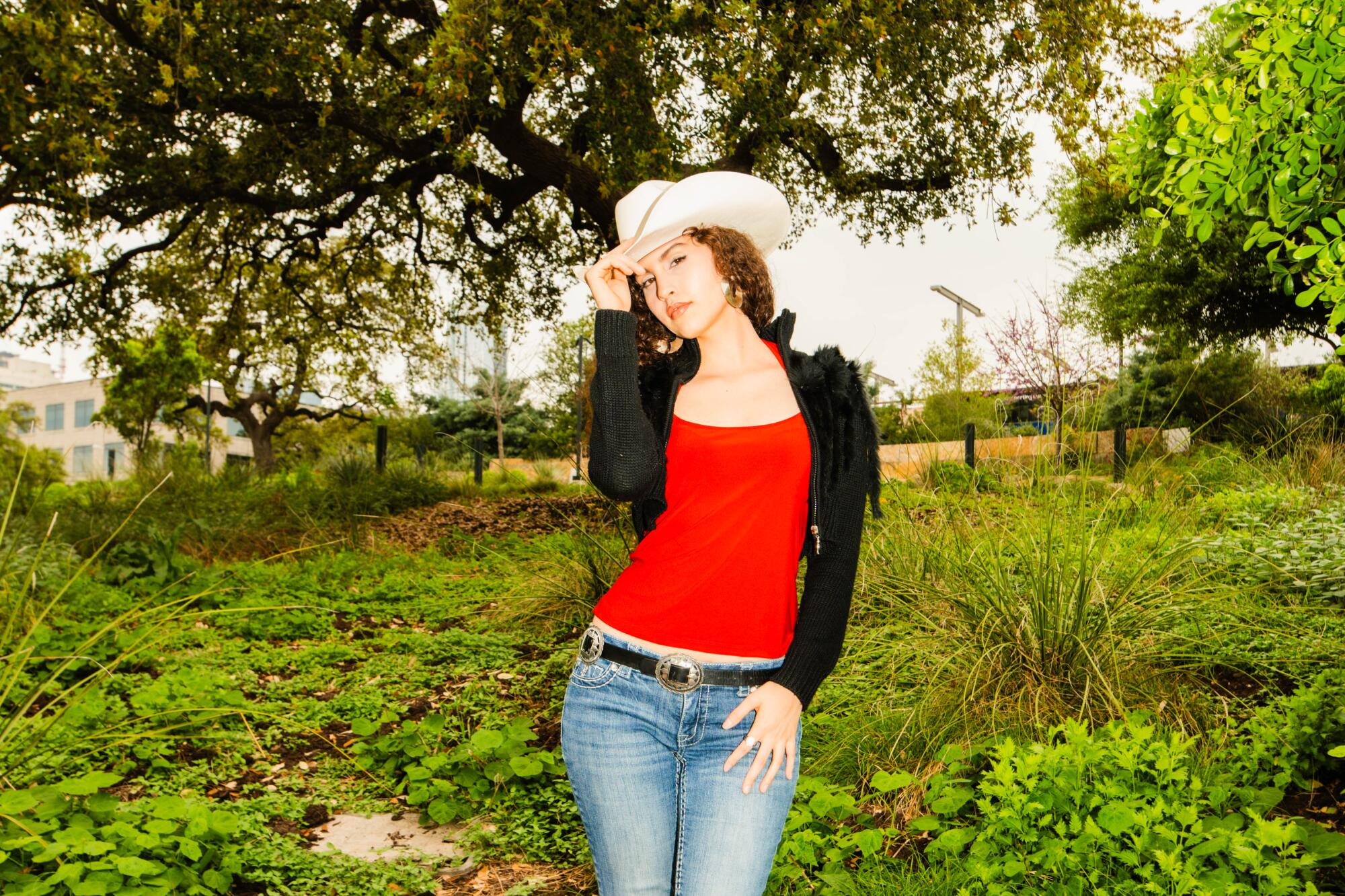
“I love working with other Mexican-American artists and Xavi has been really great. He and his entire team are very welcoming and made me feel very good being there,” he said.
Next week, Estevie will release her latest single, “The Way You See Me,” a track that sounds like Lana Del Rey if she ever decided to record a tribal song.
Although she has come a long way since her days at “La Academia Kids,” Estevie knows there is a long way to go.
“I want to become the best version of myself. That is one of my goals: to always continue growing.” She pauses to think and a smile grows on her face. “And maybe one day I want to win a Grammy.”

